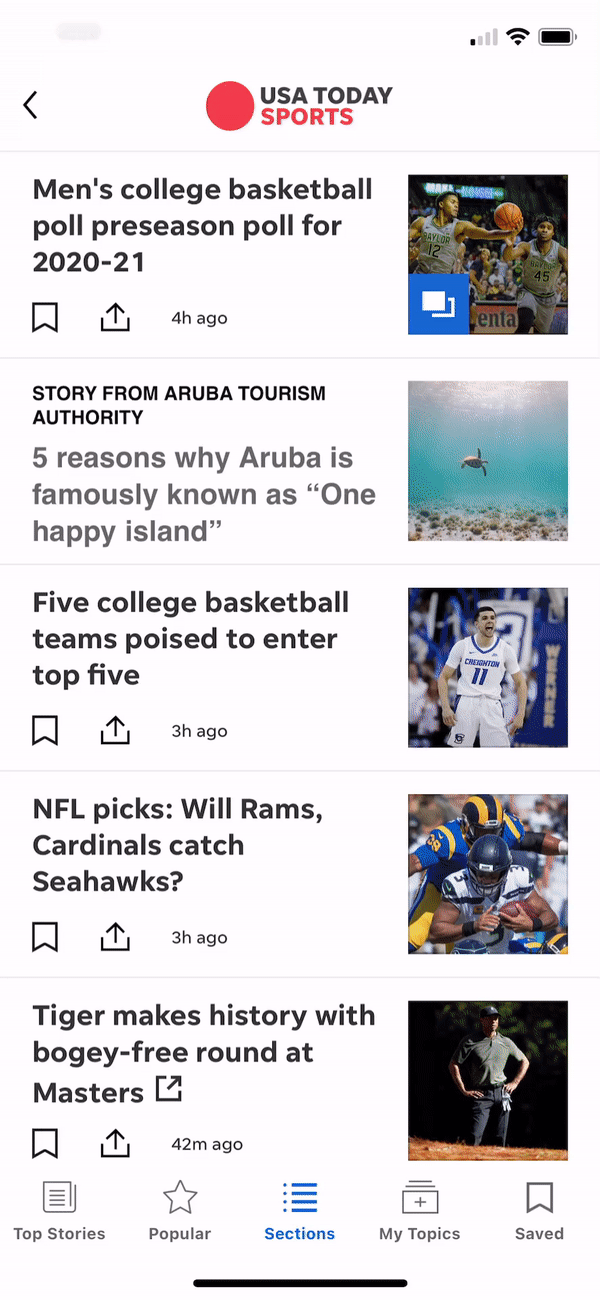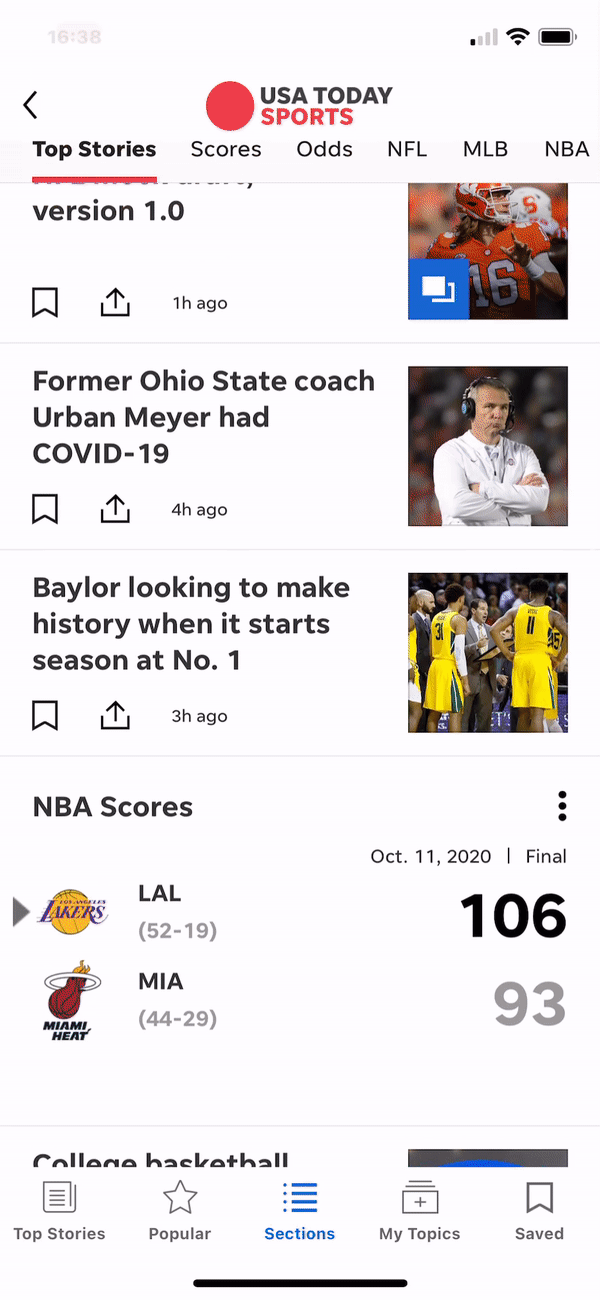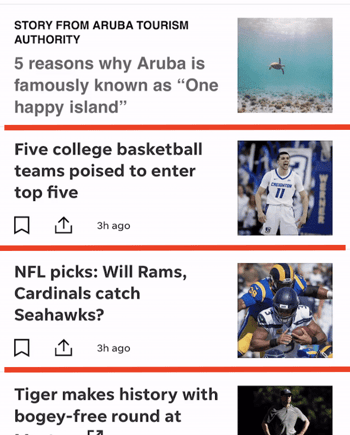How to Introduce New Ads into Your Content App Without Compromising UX
In-app user experience is paramount for publishers, as UX affects everything from return users to your review scores and ultimately the reputation of your app. This is especially true for apps where users scroll through content feeds and consume stories of interest, also known as content apps, where reputation and daily users are key monetization factors.
Whether you’re exploring ad monetization for the first time or experimenting with new types of ad units, you’re probably considering how to introduce ads into your content app without causing friction — or churn — within your user base.
A quick glance at public app reviews illustrates why focusing on this aspect of the users’ journey is important. Ads that disrupt the content consumption process fill users with rage. Obviously, we all want to avoid that.

App Store review of the BBC News app with emphasis added
There are three key considerations when introducing new ad units: Identifying the right user mode, choosing optimal placements, and controlling ad frequency to reduce initial overwhelm.
Identifying the right user mode
The user journey of your app can be broken into two different intentions — discovery and consumption.
Discovery occurs when a user opens your app with the intention to discover a piece of content that interests them. The act of casual scrolling is confirmation of being in discovery mode.

Consumption occurs once the user has identified the content they find most interesting. In such cases scrolling slows or even stops.

Understanding that these two intentions have users in different mindsets allows you to determine the appropriate placement.
Most content apps have a main or home feed. This is usually the first feed a user sees when they start a new session. We recommend this placement when first introducing a new ad format since the user is in discovery mode.
Choosing optimal placements
The content in an app feed is typically laid out into sections. These natural breaks between content sections improve the UX/UI in-app. We recommend publishers use these natural breaks in the content to place new ad units.

Placing ad units between content as early in the user session as possible ensures optimal performance for advertisers. For example, if the ad can serve at the start of a new user session the user ad engagement will be more than 25% higher than if the ad is served arbitrarily mid-feed, resulting in higher fill and CPMs for the publisher.
Controlling ad frequency
If you’re introducing a new type of ad unit, we recommend users be trained on the behavior to ensure understanding and acceptance.
The best way to achieve this is through frequency capping.
Knowing the actual frequency cap to apply varies, depending heavily on the number of user sessions in a day and a publisher’s overall ad strategy. As a general rule, we recommend that a new ad unit is served in one placement only at a frequency of once per every second unique app session for a period of 10 days.
The limit of frequency and placement count can be increased following the successful completion of this phase.
Mobile app advertising experience matters more than ever
It is more important now than ever that publishers focus on their advertising UX as competition continues to increase for outcome-driven ad dollars.
Introducing new ad units to your user base takes a thoughtful approach, but when done properly and with the right ad units, you can start to see increased yield. We recommend these as guidelines, but you should also be focusing on your own data as you roll out changes to identify any nuances in behavior that are specific to your audience.


